15 Types of Mental Health Therapy
15 Types of Mental Health Therapy

Mental health therapy encompasses a wide range of treatments and approaches aimed at improving mental well-being. With so many different types available, there’s something for everyone, tailored to their individual needs, preferences, and goals.
What Is Mental Health Therapy?
This article will explore 15 types of mental health therapy and provide an overview of how each works. We will cover some of the most common types of treatment, such as cognitive-behavioral therapy and psychoanalytic therapy, as well as some lesser-known approaches, such as somatic experiencing and art therapy. By the end of this article, you will better understand the different types of treatment available and which ones may be most suitable for your needs.
Types of Mental Health Therapy
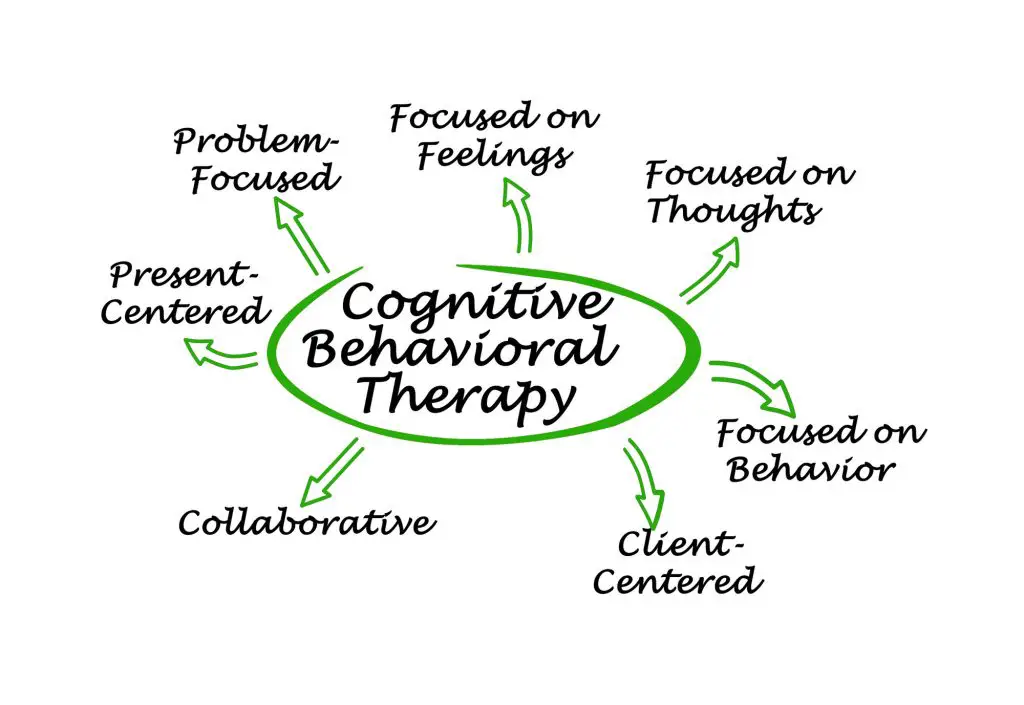
Cognitive Behavioral Therapy
Cognitive Behavioral Therapy (CBT) is a type of psychotherapy that aims to help people identify and change negative thought patterns and behaviors. It is a structured, goal-oriented type of talk therapy that combines cognitive therapy with behavior therapy, and it is effective for a wide range of mental health conditions.
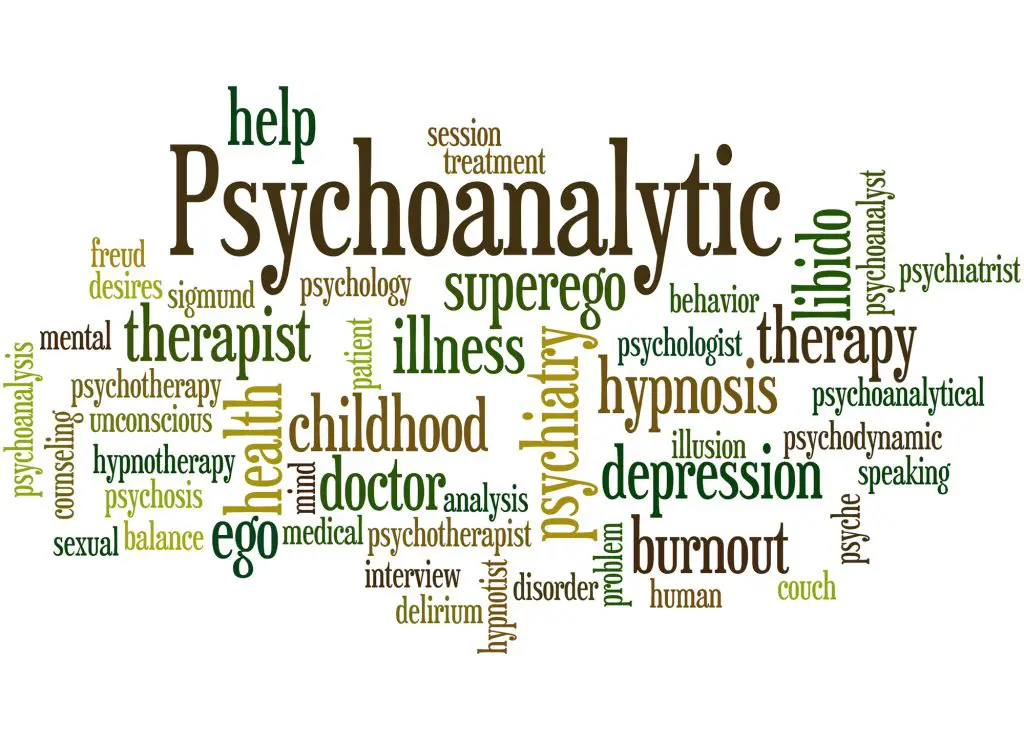
Psychoanalytic Therapy
Psychoanalytic therapy is a form of talk therapy based on Sigmund Freud’s theories. The approach explores how the unconscious mind influences thoughts, feelings, and behaviors. Specifically, it examines how experiences, often from childhood, may contribute to current experiences and actions.
The therapist works with the patient during psychoanalytic therapy to uncover unconscious thoughts, emotions, and memories. The goal is to reveal deep-seated patterns and conflicts that may affect the patient’s behavior. Mind states, “Psychoanalytic therapy aims to help patients develop insight into their unconscious conflicts and patterns, which can lead to greater self-awareness and more adaptive ways of coping with life’s challenges.”
Psychoanalytic therapy often involves free association, where the patient is encouraged to speak freely about whatever comes to mind. The therapist may also use dream analysis to help the patient uncover unconscious thoughts and feelings. This type of therapy can be time-consuming and may require multiple sessions per week for several years.
Some criticisms of psychoanalytic therapy include the lack of empirical evidence to support its effectiveness and the potential for the therapist’s personal biases to influence the interpretation of the patient’s unconscious thoughts and feelings. However, many patients have reported significant improvements in their mental health and well-being through psychoanalytic therapy.

Humanistic Therapy
Humanistic therapy is a form of psychotherapy that emphasizes the individual’s self-worth and self-growth. The client-centered approach focuses on the person’s unique experience and perspective. Humanistic therapy is non-judgmental and non-directive, meaning the therapist does not tell the client what to do or how to feel. Instead, the therapist provides a supportive and empathetic environment where clients can explore their thoughts and feelings.
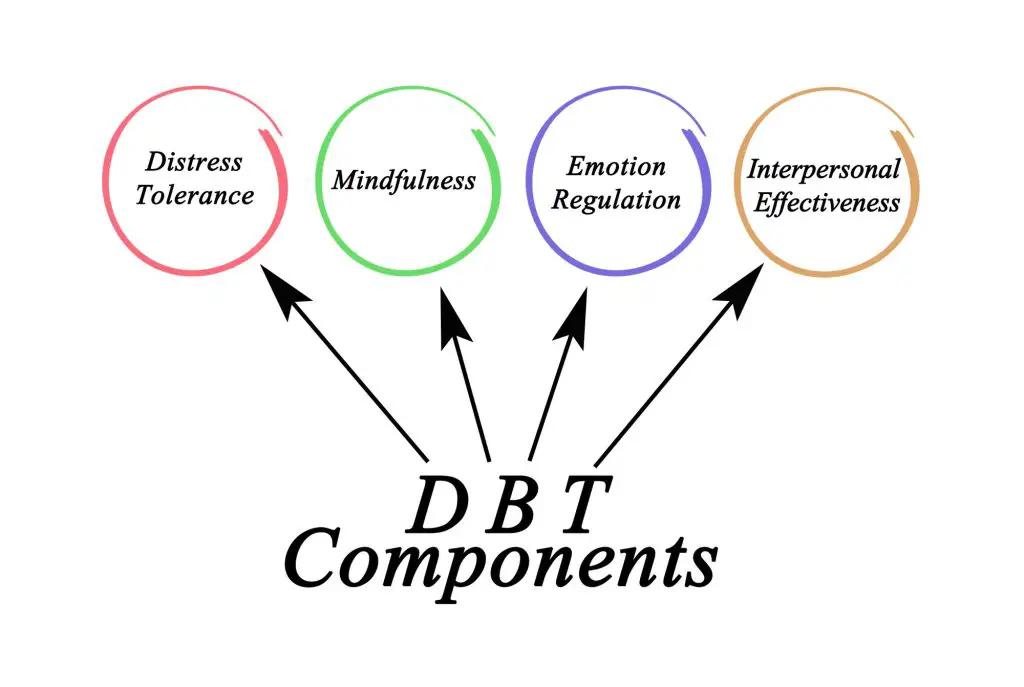
Dialectical Behavior Therapy
Dialectical Behavior Therapy (DBT) is a type of CBT that was initially developed to treat borderline personality disorder but has since been shown to be effective for a range of mental health conditions. It focuses on helping people develop skills to manage difficult emotions and improve interpersonal relationships.
DBT involves four main components: mindfulness, distress tolerance, emotion regulation, and interpersonal effectiveness. These skills are taught in individual and group therapy sessions and can help people manage their emotions, improve their relationships, and cope with difficult situations.
DBT is a versatile and practical type of mental health therapy that can help people with a wide range of mental health conditions. By identifying and changing negative thought patterns and behaviors, people can learn to manage their emotions and improve their overall quality of life.
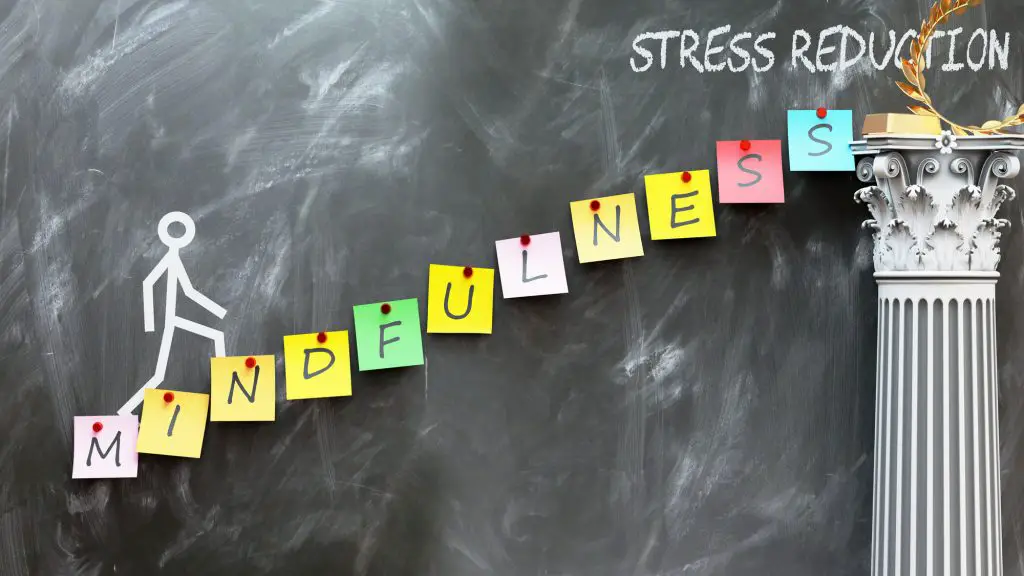
Mindfulness-Based Therapies
Mindfulness-based therapies are a type of psychotherapy that incorporates mindfulness practices into the treatment process. They aim to help individuals become more aware of their thoughts, emotions, and physical sensations and learn to respond non-judgmentally.
Mindfulness-Based Cognitive Therapy
Mindfulness-Based Cognitive Therapy (MBCT) is a form of mental health therapy that combines cognitive therapy techniques with mindfulness practices. This mental health therapy is designed to help individuals who are struggling with depression, anxiety, or other mood disorders. Combining cognitive therapy techniques with mindfulness practices, MBCT helps individuals become more aware of their thoughts and feelings and teaches them how to respond to them more positively and productively.
Mindfulness-Based Stress Reduction
Mindfulness-Based Stress Reduction (MBSR) is a type of mental health therapy that is designed to help individuals manage stress and anxiety. This mental health therapy teaches individuals to become more aware of their thoughts, emotions, and physical sensations and respond to them non-judgmentally. MBSR incorporates mindfulness practices, including meditation, yoga, and body scan exercises, to help individuals manage stress and anxiety.
Mindfulness-based therapies are becoming increasingly popular as a way to help individuals manage a variety of mental health concerns. These therapies are effective in reducing symptoms of depression, anxiety, and stress and can help individuals develop a greater sense of well-being and resilience.

Interpersonal Therapy
Interpersonal therapy (IPT) is a type of psychotherapy that focuses on improving interpersonal relationships to help individuals cope with mental health symptoms. During IPT, a therapist helps the client identify and address problems in their relationships with others, such as difficulties with communication, role transitions, or unresolved grief.
IPT is a time-limited mental health therapy that typically lasts between 12 to 16 sessions. It is empirically validated to treat a variety of psychiatric disorders, including depression, anxiety, eating disorders, and substance abuse.
The therapist uses several techniques to help clients improve their relationships, including role-playing, communication analysis, and problem-solving. The therapist may also help the client identify negative patterns in their relationships and develop new strategies for interacting with others.
IPT is effective in reducing symptoms of depression and anxiety. One study found that IPT was as effective as antidepressant medication in treating depression. IPT has also been shown to be effective in treating postpartum depression, grief, and difficulties in starting and sustaining relationships.
IPT is a reputable treatment option for many mental health issues and populations. It benefits individuals struggling with relationship problems or who have experienced a significant loss or change in their lives.

Rational Emotive Behavior Therapy
Rational Emotive Behavior Therapy (REBT) is a type of CBT that focuses on helping people identify and change irrational beliefs that lead to negative emotions and behaviors. It was developed by psychologist Albert Ellis in the 1950s and is based on the idea that our thoughts, feelings, and behaviors are interconnected.
REBT involves helping people identify and challenge irrational beliefs, such as “I must always be perfect” or “If I fail, it means I’m a failure.” Challenging these beliefs can teach people to replace them with more rational and helpful thoughts, leading to positive emotions and behaviors.

Person-Centered Therapy
Person-centered therapy is a type of humanistic therapy developed by Carl Rogers. This mental health therapy focuses on the client’s subjective experience and ability to make choices and decisions for themselves. The therapist creates a safe and supportive environment where clients can freely express themselves without fear of judgment or criticism. The therapist listens actively and empathizes and understands the client’s experience. Person-centered therapy aims to help the client develop a stronger, more self-directed sense of self.

Gestalt Therapy
Gestalt Therapy is another type of humanistic therapy that focuses on the present moment and the client’s experience in the here and now. The therapist helps clients become more aware of their thoughts, feelings, and behaviors. The therapist may use role-playing, empty-chair work, and dream work to help the client explore their experience. Gestalt therapy aims to help the client become more self-aware and integrate their thoughts, feelings, and behaviors into a more cohesive whole.
Humanistic therapy is a client-centered approach emphasizing the individual’s self-worth and self-growth. Person-centered therapy and Gestalt Therapy are two types of humanistic therapy that focus on the client’s subjective experience and ability to make choices and decisions for themselves.
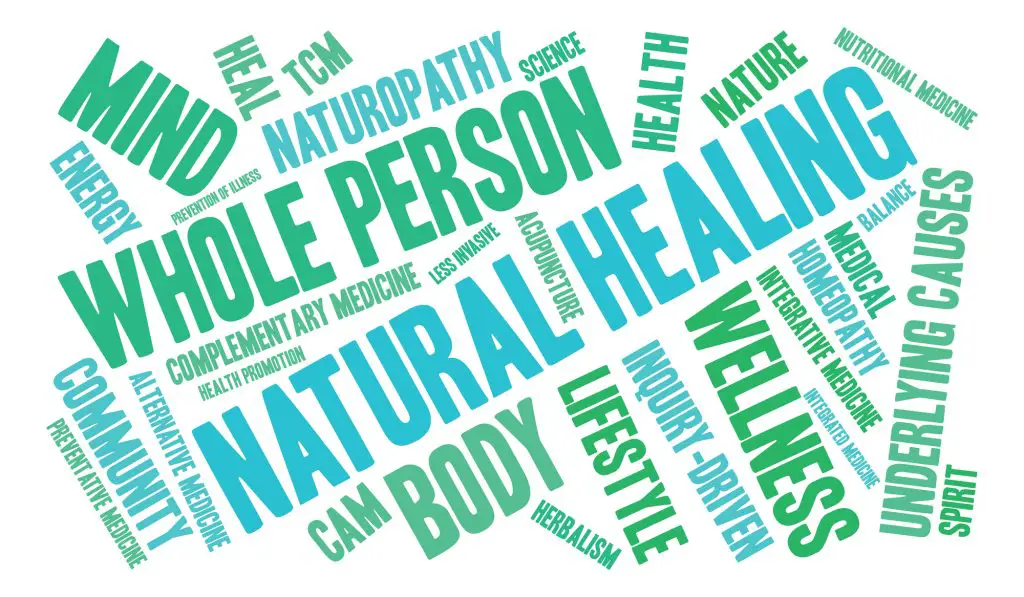
Integrative or Holistic Therapy
Integrative or Holistic therapy combines traditional and nontraditional treatments to help the individual as a whole. This mental health therapy focuses on the mental, physical, and spiritual factors contributing to an individual’s well-being. Integrative therapy is sometimes called holistic therapy because it aspires to consider an individual’s cognitive, physical, and emotional health in a unified way.
Integrative therapy is a unifying approach that combines physiological, affective, cognitive, contextual, and behavioral systems, creating a multi-dimensional relational framework that can create a new one for each case [1]. This approach considers all aspects of an individual’s life, including their environment, relationships, and culture. The therapist and the individual work together to create a personalized treatment plan that addresses the individual’s unique needs.
Integrative therapy can treat many different mental health conditions, including anxiety, depression, and post-traumatic stress disorder (PTSD) [2]. It can also treat physical health issues, such as pain associated with cancer. Even with no specific diagnosis or health condition, integrative therapy can help individuals improve their well-being by promoting relaxation, reducing stress, and enhancing self-awareness.
Integrative therapy incorporates various techniques and modalities, including cognitive-behavioral therapy (CBT), mindfulness-based stress reduction (MBSR), and somatic experiencing (SE) [3]. These techniques help individuals develop coping skills, reduce stress, and improve their overall quality of life.
Integrative or holistic therapy is a versatile approach that can benefit individuals from all walks of life. Addressing all aspects of an individual’s life can help improve their mental, physical, and emotional health, leading to a more fulfilling and satisfying life.
References:

Behavioral Therapy
Behavioral therapy is a type of psychotherapy that aims to change an individual’s behavior by identifying and modifying negative patterns. It is based on the idea that behaviors are learned and can be unlearned through various techniques.
One of the most common behavioral therapy techniques is “exposure therapy.” This technique involves gradually exposing the individual to the source of their fear or anxiety in a safe and controlled environment. Through repeated exposure, the individual learns to confront and manage their fear or anxiety.
Another technique used in behavioral therapy is “token economy.” This technique involves providing rewards or “tokens” for positive behaviors and removing rewards for negative behaviors. This technique can be effective in treating a wide range of mental health disorders, including substance abuse, depression, and anxiety.
Behavioral therapy is often used with other types of treatment, such as cognitive-behavioral therapy (CBT) and dialectical behavior therapy (DBT). It is typically short-term, with treatment lasting anywhere from a few weeks to several months.
Behavioral therapy is a highly effective form of mental health therapy that can help individuals overcome a wide range of mental health issues. If you are struggling with negative behaviors or patterns, talk to a mental health professional to see if behavioral therapy may be right for you.

Family Therapy
Family or family systems therapy is a type of psychotherapy that focuses on improving communication and relationships among family members. It is based on the idea that the family is a system, and any change in one part of the system will affect all other parts. Family therapy is often used to treat mental health and behavioral problems that affect the family as a whole.

Systemic Therapy
Systemic therapy is a type of family therapy that focuses on the patterns of behavior and communication within the family system. The therapist works with the family to identify and change negative patterns of behavior that may be causing problems. Systemic therapy aims to help family members develop more effective ways of communicating and relating to each other.

Strategic Therapy
Strategic therapy is a type of family therapy that focuses on finding solutions to specific problems. The therapist works with the family to identify the problem and then helps them develop a plan to solve it. Strategic therapy is often used to treat issues such as substance abuse, eating disorders, and behavioral problems in children.
Family therapy can be a highly effective form of treatment for a wide range of mental health and behavioral problems. It can help families improve communication, resolve conflicts, and develop more positive relationships with each other. If you are experiencing difficulties in your family, consider contacting a licensed family therapist for help.

Group Therapy
Group therapy is a form of psychotherapy in which one or more therapists work with several people simultaneously. It is widely available at various locations, including private therapeutic practices, hospitals, mental health clinics, and community centers. Group therapy is sometimes used alone but is often combined with individual therapy.
Groups generally consist of 5-15 participants and meet consistently. Topics and styles vary widely by need and are available in-person and online. Group therapy is an affordable and effective form of treatment that can help individuals develop new coping skills and improve their social skills.
Group therapy can be effective for a variety of mental health concerns, including depression, anxiety, substance abuse, and post-traumatic stress disorder (PTSD) [1]. Group therapy is also helpful for individuals who may feel isolated or alone in their struggles. By participating in group therapy, individuals can connect with others going through similar experiences, providing a sense of community and support.
According to the American Psychological Association, group therapy can be particularly effective because it allows individuals to receive feedback and support from the therapist and other group members. This feedback can help individuals develop new insights and perspectives, leading to positive life changes [2].
Group therapy can be an effective form of mental health treatment for those looking to improve their mental health and overall well-being.

Art Therapy
Art therapy is a form of mental health therapy that involves using creative processes such as drawing, painting, and sculpting to improve mental health. It is based on the idea that self-expression through art can help people communicate and explore their feelings, thoughts, and experiences.
Art therapy can be used to treat a wide range of mental health conditions, including anxiety, depression, post-traumatic stress disorder (PTSD), and addiction. It is often used in conjunction with other forms of therapy, such as cognitive-behavioral therapy (CBT).
There are different types of art therapy, including:
- Visual art therapy involves using visual arts such as drawing, painting, and sculpting to work through emotions, thoughts, or experiences. It can help people express themselves in ways they might not be able to with words.
- Dance/movement therapy uses physical movement and dance to help people cope with mental health symptoms. It can be particularly effective for people who have experienced trauma or have difficulty expressing themselves verbally.
- Music therapy involves using music to improve mental health. It can reduce anxiety, improve mood, and promote relaxation.
Art therapy can be a valuable tool for people seeking to improve their mental health. It allows people to express themselves and explore feelings in a safe and supportive environment.

Play Therapy
Play therapy is a form of mental health therapy that primarily targets children but can also be used for adults. It is a type of psychotherapy that uses play to help clients cope with emotional and mental issues. Play therapy can help children express themselves and learn about the world around them through their natural love of play.
During play therapy, a therapist guides the child through play activities to help them communicate their emotions, thoughts, and experiences. Play therapy can help children take responsibility for their behaviors and develop successful strategies to cope with different situations. It can also help them find new, creative solutions to problems.
Play therapy can be used to treat a variety of mental health issues, including anxiety, depression, trauma, and behavioral problems. It can also help children cultivate empathy and respect for others. According to the Association for Play Therapy, play therapy can help clients “prevent or resolve psychosocial difficulties and achieve optimal growth and development” [1].
Different types of play therapy include non-directive, directive, and filial play therapy. Non-directive play therapy allows children to lead the play session while the therapist observes and reflects on the child’s behavior. Directive play therapy involves the therapist directing the play session and using specific techniques to address the child’s issues. Filial play therapy consists of training parents to conduct play therapy sessions with their children under the guidance of a therapist.
Play therapy can be a highly effective form of mental health therapy for children and adults alike. It can help individuals express their emotions, develop coping strategies, and improve their mental health and well-being.
[1] Association for Play Therapy. (2019). Play Therapy. Retrieved from https://www.counseling.org/docs/default-source/practice-briefs/acapb_playtherapy_fa.pdf?sfvrsn=d95255c9_1
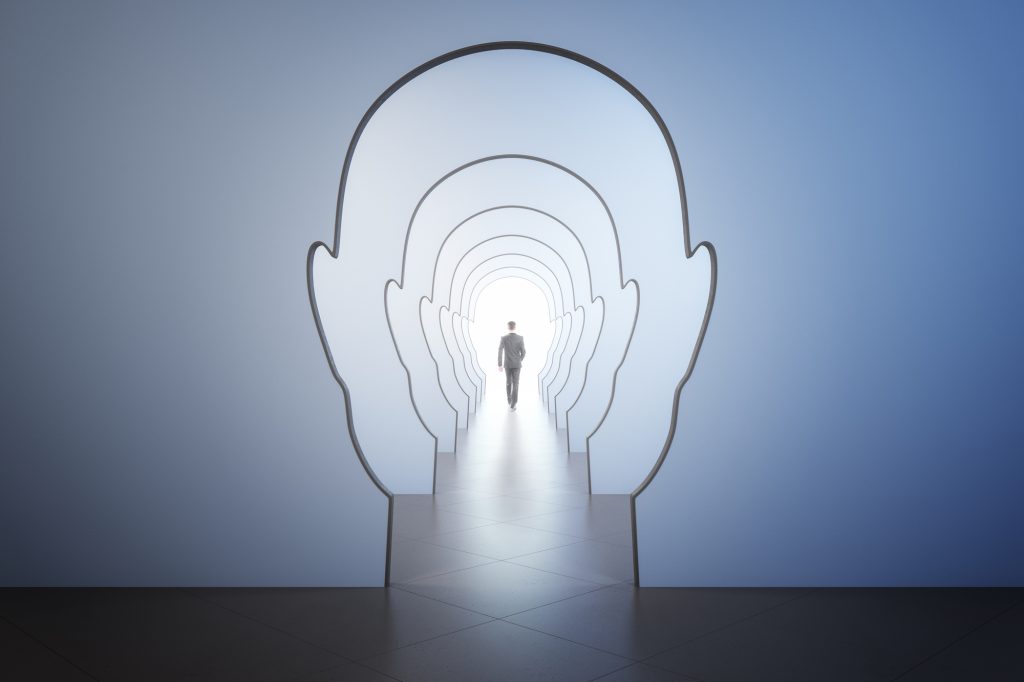
Psychodynamic Therapy
Psychodynamic therapy is a form of talk therapy that focuses on exploring the unconscious mind and its influence on behavior, thoughts, and emotions. It is based on the principles of psychoanalysis, which Sigmund Freud developed. According to this therapy, unconscious conflicts and early life experiences can affect a person’s current behavior and relationships.
During a psychodynamic therapy session, the therapist helps the patient understand their unconscious conflicts and behavior patterns. The therapist may use free association, dream analysis, and transference techniques to help the patient explore their emotions and thoughts. This type of mental health therapy is often long-term and can last for several years.
Psychodynamic therapy can be helpful for a range of mental health conditions, including anxiety, depression, and personality disorders. It can also be beneficial for individuals who have experienced trauma or have difficulty forming and maintaining relationships.
However, it is essential to note that psychodynamic therapy may not be suitable for everyone. It requires a significant commitment of time and resources, and some individuals may not feel comfortable exploring their unconscious thoughts and emotions. Additionally, this mental health therapy may not be effective for individuals who have severe mental health conditions or who require more immediate relief from their symptoms.
Psychodynamic therapy can be a valuable tool for individuals who are looking to gain insight into their unconscious mind and improve their mental health. Discussing this therapy’s potential benefits and drawbacks with a qualified mental health professional before beginning treatment is essential.

Exposure Therapy
Exposure therapy is a type of cognitive-behavioral therapy that is used to treat anxiety and related disorders. It involves exposing the patient to the source of their fear or anxiety in a controlled and safe environment. The goal of exposure therapy is to help the patient overcome their fear and reduce their anxiety.
Exposure therapy is based on the idea that people can learn to overcome their fears by confronting them. It does this by gradually exposing the patient to the object or situation they fear, starting with the least anxiety-provoking exposure and progressing to more challenging exposures.
Exposure therapy can be done in various ways, such as in vivo exposure, imaginal exposure, and virtual reality exposure. In vivo, exposure involves real-life exposure to the feared object or situation, while imaginal exposure involves imagining the feared object or situation. Virtual reality exposure uses computer-generated simulations to create a realistic experience of the feared object or situation.
Exposure therapy is effective in treating a variety of anxiety disorders, including phobias, panic disorder, generalized anxiety disorder, post-traumatic stress disorder (PTSD), and obsessive-compulsive disorder (OCD). It can also be used to treat other mental health conditions, such as depression and eating disorders.
Exposure therapy is a safe and effective treatment for anxiety and related disorders. Patients need to work with a trained mental health professional to ensure that the mental health therapy is tailored to their specific needs and that they receive the appropriate support throughout the process.
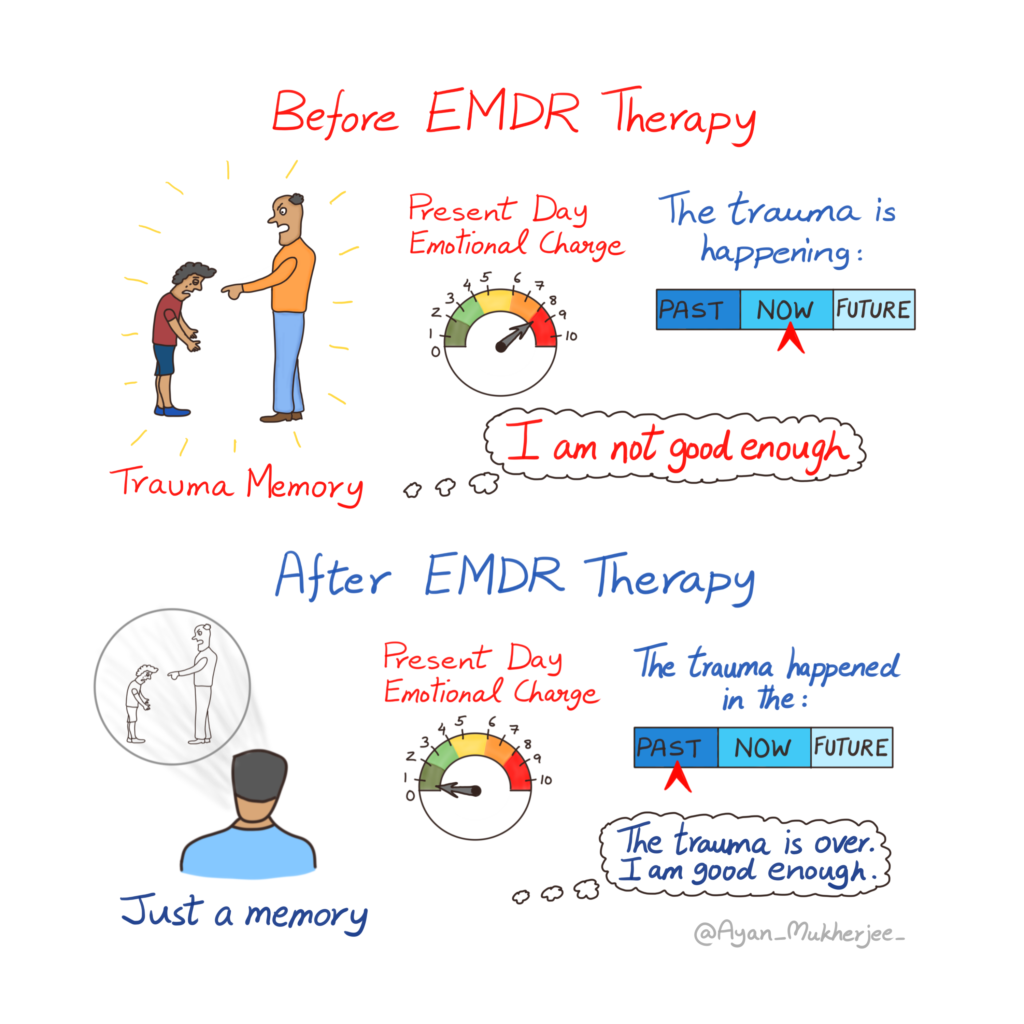
Eye Movement Desensitization and Reprocessing (EMDR)
Eye Movement Desensitization and Reprocessing (EMDR) is a type of psychotherapy that was initially developed in 1987 for the treatment of post-traumatic stress disorder (PTSD) [1]. EMDR therapy is guided by the Adaptive Information Processing (AIP) model, which suggests that negative experiences can interfere with the brain’s natural processing system and lead to psychological distress [1].
During an EMDR session, the therapist guides the patient through eye movements, sounds, or taps while the patient focuses on a traumatic memory or negative thought [2].
The goal of EMDR therapy is to help the patient process the memory more adaptively, reducing the distress associated with it [2]. EMDR therapy typically involves 8-12 sessions, each lasting 60-90 minutes [3].
One of the benefits of EMDR therapy is that it can be effective for a range of mental health conditions, including PTSD, anxiety, depression, and phobias [2]. Research has shown that EMDR therapy can be as effective as other evidence-based treatments, such as cognitive-behavioral therapy (CBT) [4].
Despite its effectiveness, EMDR therapy is a relatively new treatment and is not yet widely available. Patients interested in EMDR therapy should consult with a mental health professional to determine if it is an appropriate treatment option for their specific needs.
[1] American Psychological Association. Eye Movement Desensitization and Reprocessing (EMDR) Therapy. Retrieved from https://www.apa.org/ptsd-guideline/treatments/eye-movement-reprocessing
[2] Psychology Today. Eye Movement Desensitization and Reprocessing Therapy. Retrieved from https://www.psychologytoday.com/us/therapy-types/eye-movement-desensitization-and-reprocessing-therapy
[3] Cleveland Clinic. EMDR Therapy: What It Is, Procedure & Effectiveness. Retrieved from https://my.clevelandclinic.org/health/treatments/22641-emdr-therapy
[4] National Institute for Health and Care Excellence. Post-traumatic stress disorder: management. Retrieved from https://www.nice.org.uk/guidance/ng116/chapter/Recommendations#psychological-interventions-for-ptsd
How to Choose the Right Therapy

Choosing the right mental health therapy involves several important factors, including understanding the different types of treatment available and their approaches. It’s crucial to consider your specific needs, preferences, and the nature of your issues. For example, cognitive-behavioral therapy (CBT) is often recommended for anxiety and depression, while psychodynamic therapy may be better suited for exploring deep-seated emotional problems (source).
Collaboration with mental health professionals is essential in this process. They can provide insights and recommendations based on their expertise and your circumstances. Establishing a trusting relationship with your therapist, ensuring open communication, and setting clear goals can significantly enhance the effectiveness of the mental health therapy (source).
The proper treatment should feel supportive and empowering, helping you navigate your mental health journey effectively.

Frequently Asked Questions
What are the most effective types of mental health therapy?
There are many mental health therapies, and the effectiveness of each type depends on the individual’s specific needs and circumstances. According to a study published in the Journal of Clinical Psychology, cognitive-behavioral therapy (CBT) is one of the most effective types of treatment for treating a wide range of mental health issues, including anxiety disorders, depression, and post-traumatic stress disorder (PTSD) [1]. Other types of therapy, such as EMDR, dialectical behavior therapy (DBT), interpersonal therapy (IPT), and psychodynamic therapy, have also been shown to be effective for certain mental health conditions.
How do modern therapies address mental illness?
Modern therapies for mental illness are designed to address the underlying causes of mental health issues and provide individuals with the tools they need to manage their symptoms and improve their overall well-being. Many modern therapies, such as EMDR, CBT and DBT, focus on changing negative thought patterns and behaviors that contribute to mental health issues [1]. Other treatments, such as mindfulness-based therapies, help individuals learn to be more present in the moment and manage their emotions more effectively [4].
Which therapies are recommended for adults with mental health issues?
The type of mental health therapy that is recommended for adults with mental health issues depends on the individual’s specific needs and circumstances. CBT is often recommended as a first-line treatment for many mental health conditions, including anxiety disorders and depression [1]. Other types of mental health therapy, such as IPT, EMDR, and psychodynamic treatment, may be recommended for individuals who are struggling with relationship issues or past trauma [1].
What are some standard therapies used in the treatment and prevention of mental disorders?
Can you list the major types of therapy used in treating severe mental illness (SMI)?
The significant types of mental health therapy used in treating severe mental illness (SMI) include EMDR, cognitive-behavioral therapy (CBT), dialectical behavior therapy (DBT), and psychodynamic therapy. These therapies are often used with medication to help individuals manage their symptoms and improve their overall well-being [2].
What is the most commonly practiced form of therapy for mental health?
CBT is the most commonly practiced form of mental health therapy. It is widely used to treat a range of mental health conditions, including anxiety disorders, depression, and PTSD [1].
Are all types of mental health therapy evidence-based?
Many types of mental health therapy, such as CBT, have strong evidence supporting their effectiveness. However, the level of evidence varies, and some therapies may have more anecdotal support. It’s important to discuss with a mental health professional to understand the best options for your needs.
How long does it typically take to see results from mental health therapy?
The time it takes to see results from mental health therapy can vary widely depending on the type of therapy, the issues being addressed, and the individual’s participation and commitment. Some people may see improvements in a few sessions, while others may require longer-term therapy.
How do I find a qualified mental health therapist?
You can find a qualified mental health therapist through referrals from healthcare providers, recommendations from friends or family, online directories, or by contacting mental health organizations. Ensure the therapist is licensed and has experience in treating your specific concerns.
Takeaways

Mental health therapy profoundly impacts emotional and psychological well-being, offering a pathway to improved mental health and overall life satisfaction. Numerous studies have shown that treatment can reduce symptoms of mental health disorders, enhance coping mechanisms, and foster personal growth (source).
It’s essential to recognize that seeking professional help is a sign of strength, not weakness. When needed, engaging in mental health therapy can provide the support and tools necessary to navigate life’s challenges more effectively. If you or someone you know is struggling, don’t hesitate to reach out to a mental health professional. This step can lead to significant, positive changes and a healthier, more fulfilling life.
About the Author: Greg Smart, Pre-Licensed Therapist
Life can be challenging, but we all have the potential to grow, heal, and live fulfilling lives. My goal is to provide a warm, supportive environment to help you reach your goals, no matter where you are in your journey.
Having lived in various states and countries, I bring unique insights to my practice, incorporating EMDR, Mindfulness, and DBT into my therapeutic approach.
I am a pre-licensed counselor and graduated with a Master of Arts in Clinical Mental Health Counseling from Grand Canyon University.









